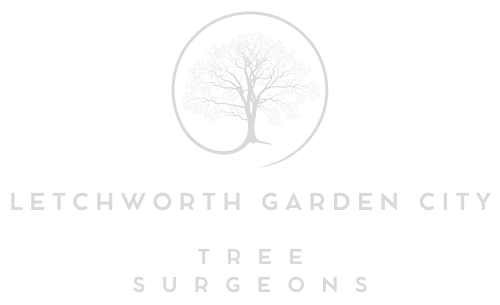How Crown Reduction Can Help Mature Trees Thrive
Introduction
Mature trees are a valuable asset to any property, providing shade, beauty, wildlife habitat, and even improving air quality. However, as trees age, they can also become overgrown, unbalanced, or structurally stressed. This is where crown reduction becomes a vital technique for both tree health and safety. At Letchworth Garden City Tree Surgeons, we regularly carry out crown reduction across Letchworth Garden City, Hertfordshire to help mature trees continue to thrive in residential and commercial landscapes.
When performed correctly, crown reduction is not just about size control—it’s about creating the right conditions for a healthier, longer-living tree. Let’s explore how this service benefits mature trees and supports responsible tree care.
What Is Crown Reduction?
Crown reduction is the targeted pruning of a tree’s outer branches to reduce the overall size or spread of the canopy while preserving its natural shape. It involves cutting back to strong growth points, promoting stability and encouraging new, balanced regrowth.
Main purposes of crown reduction:
- To reduce stress on heavy limbs
- To maintain structural integrity in older trees
- To improve light and air circulation through the canopy
- To lessen risk of wind damage and storm breakage
- To ensure safe clearance from buildings and pathways
At Letchworth Garden City Tree Surgeons, crown reductions are carried out with precision, always considering the species, health, and future of each tree.
Why Mature Trees Benefit from Crown Reduction
Older trees have unique needs. As they age, their limbs grow longer and heavier, sometimes becoming unstable or prone to breakage. Crown reduction offers a practical solution to support the tree’s longevity and health.
Key advantages for mature trees:
- Reduces weight and wind resistance: Minimises the chance of limbs snapping during strong weather.
- Encourages healthier growth: Redirects the tree’s energy to stronger, well-positioned branches.
- Prevents overcrowding: Allows more light and air into the canopy, reducing fungal risk.
- Improves balance: Addresses uneven growth that may destabilise the tree over time.
By managing the structure from the top down, arborists at Letchworth Garden City Tree Surgeons can help mature trees adapt to their environment without compromising their health.
Crown Reduction vs Other Pruning Methods
It’s important to differentiate crown reduction from other tree pruning practices, as each serves a different purpose.
Common pruning techniques:
- Crown thinning: Removes selective inner branches to reduce density, not overall size.
- Crown lifting: Removes lower branches to raise the canopy above buildings or footpaths.
- Pollarding: A more drastic method involving heavy cuts back to main stems—rarely recommended for mature trees.
Crown reduction is the most suitable technique when size and balance are the primary concerns, particularly for trees growing close to structures or those under environmental stress.
The Role of Professional Assessment
Not all mature trees are good candidates for crown reduction. Before any work begins, a qualified arborist should assess the tree’s health, species, growth pattern, and surrounding environment.
A proper assessment considers:
- Tree age and condition
- Recent weather impact
- Signs of disease or decay
- Root system health and soil conditions
- Proximity to property and utility lines
At Letchworth Garden City Tree Surgeons, we carry out thorough inspections before any pruning begins to ensure the tree will benefit from the work.
Best Practices and Timing for Crown Reduction
Crown reduction requires skilled cutting to avoid damaging the tree or causing unnecessary stress.
Professional best practices:
- Always cut back to a healthy, outward-facing lateral branch
- Avoid removing more than 30% of the canopy in one session
- Preserve the tree’s natural form wherever possible
- Use sharp, clean tools to promote healthy regrowth
Timing:
- Late winter to early spring is ideal, just before new growth starts
- Avoid heavy pruning in summer, which can stress the tree
- Never prune during autumn, when decay fungi are more active
Regular follow-up and light maintenance every few years help mature trees respond well and maintain good form.
Conclusion
Crown reduction is a powerful method to help mature trees adapt to their surroundings, remain safe, and continue to thrive for years to come. Far from a purely aesthetic procedure, it supports structural health, encourages stronger regrowth, and reduces risks associated with ageing trees.
For residents and property owners in Letchworth Garden City, Hertfordshire, Letchworth Garden City Tree Surgeons offer expert crown reduction services that respect the tree’s natural form while enhancing its health. Whether you’re managing a private garden, public green space, or commercial landscape, professional crown reduction could be the key to extending the life and beauty of your trees. Let us help you keep your trees thriving through skilled, thoughtful care.
Call us on: 01462 419 196
Click here to find out more about Letchworth Garden City Tree Surgeons
Click here to complete our contact form and see how we can help with your tree needs.

